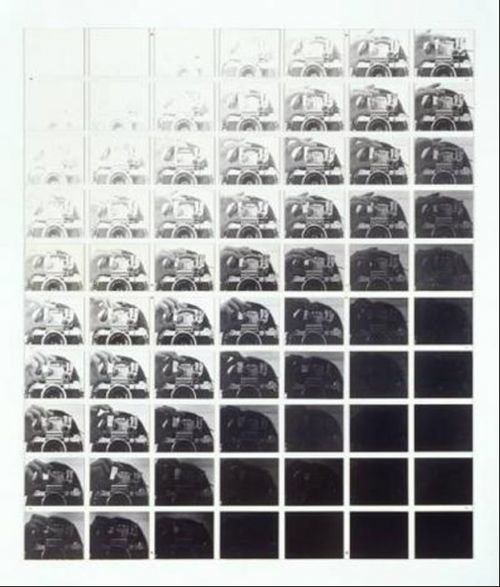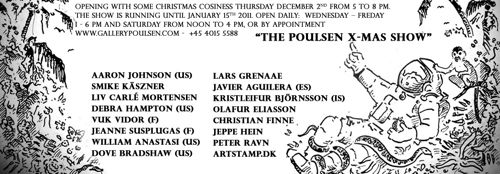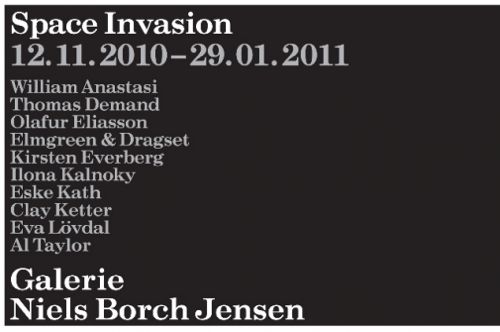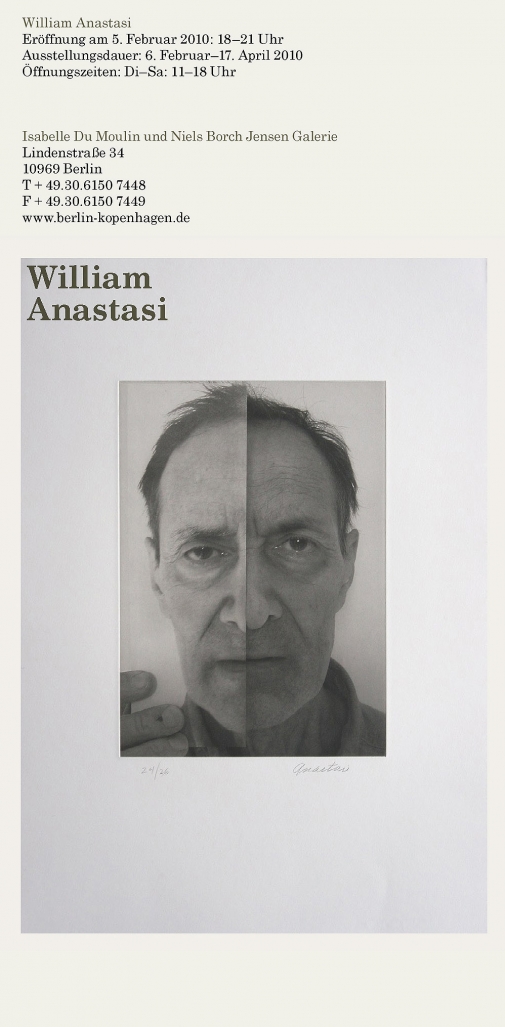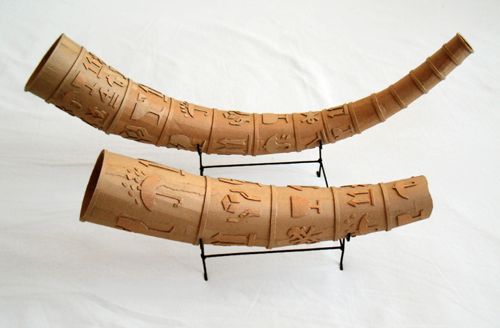
Tag: William Anastasi
Anti-Photography
“The Poulsen X-Mas show”
Space Invasion /
WILLIAM ANASTASI
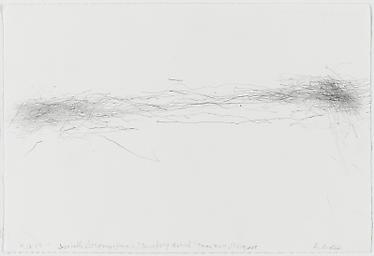
GERING & LóPEZ GALLERY is pleased to present WILLIAM ANASTASI: Drawings. This will be Anastasi’s first exhibition with the gallery, and his fifth solo exhibition with Sandra Gering.
In a recent statement for the Foundation for Contemporary Arts in honor of his receipt of the 2010 John Cage Award, Anastasi remarked that one of his earliest memories was his Italian immigrant mother calmly telling him that “But of course the best thing anyone could be in this world is an artist.” Although his canonical works have influenced generations of artists and are in the permanent collections of the most prestigious institutions in the world, Anastasi closed his statement to the Foundation for Contemporary Arts with a quotation from Kant’s Critique of Pure Reason: “Nearly through the whole of my work I have felt doubtful what to do.” Well-known to art world insiders as the perennial conceptualist, there is a strikingly human vulnerability in the artist’s oeuvre and method.
Anastasi’s practice is interdisciplinary, informed by physics, music, and social thought. Like his close friend John Cage, Anastasi is fascinated by the element of chance in creation. The strongest intentionality in his work comes from his attempts to block out his conscious sensory responses to his surroundings. He has famously blindfolded himself and drawn to the background ‘noise’ of classical music, making every effort to prevent the sound from influencing his movements. He wears noise-canceling headphones on the subway in order to create his own sensory deprivation experience while he produces his Subway Drawings. By attempting to exclude his senses from the artistic process, Anastasi acts as a passive conduit through which Art passes, a perfect example of the ideal Heideggerian artist. Anastasi finds chance much more intriguing than volition, and has always thought the aesthetic result of his work fared better when he did not look at the drawing, or when he let a pair of dice decide where the markings should go.
The drawings in this exhibition showcase the conceptual and tangible possibilities randomness brings forth. Works include examples from major series that Anastasi began in the 1960s, as well as new works from the present day such as pocket drawings, subway drawings, constellations, theatre drawings, bursts, and drop drawings. This complex figure, perhaps plagued by self-doubt and on a ceaseless quest for self-discovery, has secured his position as a seminal Artist, and continues to innovate today.
William Anastasi was born in Philadelphia, PA in 1933. The recipient of the 2010 John Cage Award, Anastasi is in nearly every major permanent collection, including The Metropolitan Museum of Art, NY; The Museum of Modern Art, NY; The Whitney Museum of American Art, NY; The Guggenheim Museum, NY; The Art Institute of Chicago, IL; The National Gallery of Art, Washington, D.C.; The Museum of Contemporary Art, Los Angeles, CA; The Brooklyn Museum of Art, NY; The Getty Museum, Los Angeles, CA; The Philadelphia Museum of Art, PA; The Ludwig Museum, Germany; Center for Contemporary Art, Malmo, Sweden; The Jewish Museum, NY; and The Walker Art Center, Minneapolis, MN, among many others. He has had solo exhibitions at The Neuberger Museum of Art, NY; The Mattress Factory, Pittsburgh, PA; The Whitney Museum of American Art, NY; and The Kunstmuseum, Dusseldorf. His work was recently featured in The Whitney Museum exhibition Collecting Biennials. Anastasi lives and works in New York, NY.
Gering Lopez Gallery
On Paper

There is something innocent and light in the image of a paper fly like on this invitation .
Just think about a kid playing with it. – What is more suitable for a playful exhibition with
artworks, which are making use of this media in all kind of way? Isn’t paper the basic medium
of making art? There are surely very few artists who never used it in their creative process at
a certain point.
But nevertheless – paper as a medium is not as easy as it seems: Its maybe 2200 year old
history might about to be over. It is definitely in its last chapter. In the old China paper was
something holy and the making of it a carefully protected secret. The Arabs brought it to the
west and with Gutenberg’s letter press machine it got its breakthrough: money, books,
documents, pamphlets, pictures, photos, photocopies. It became the communication media
from the highest to the lowest culture the next 500 years.
Now we are in the middle of a new revolution of communication: More and more information
in our culture becomes digital. The computer displaces paper, which means that a material
information carrier is displaced by a virtual one. We can only guess where it leads. Fact is:
credit cards displace money, kids are using their notebooks instead of exercise books and
David Hockney just demonstrated how great it is to make drawings on his iphone.
So what does paper mean for artists today? There is surely not one answer. But there are
plenty to find in the show at 55 artists from 13 nations with 4 to 12 works each will show
how lively this media still is and not leave much free space on the wall.
The following artists participate:
